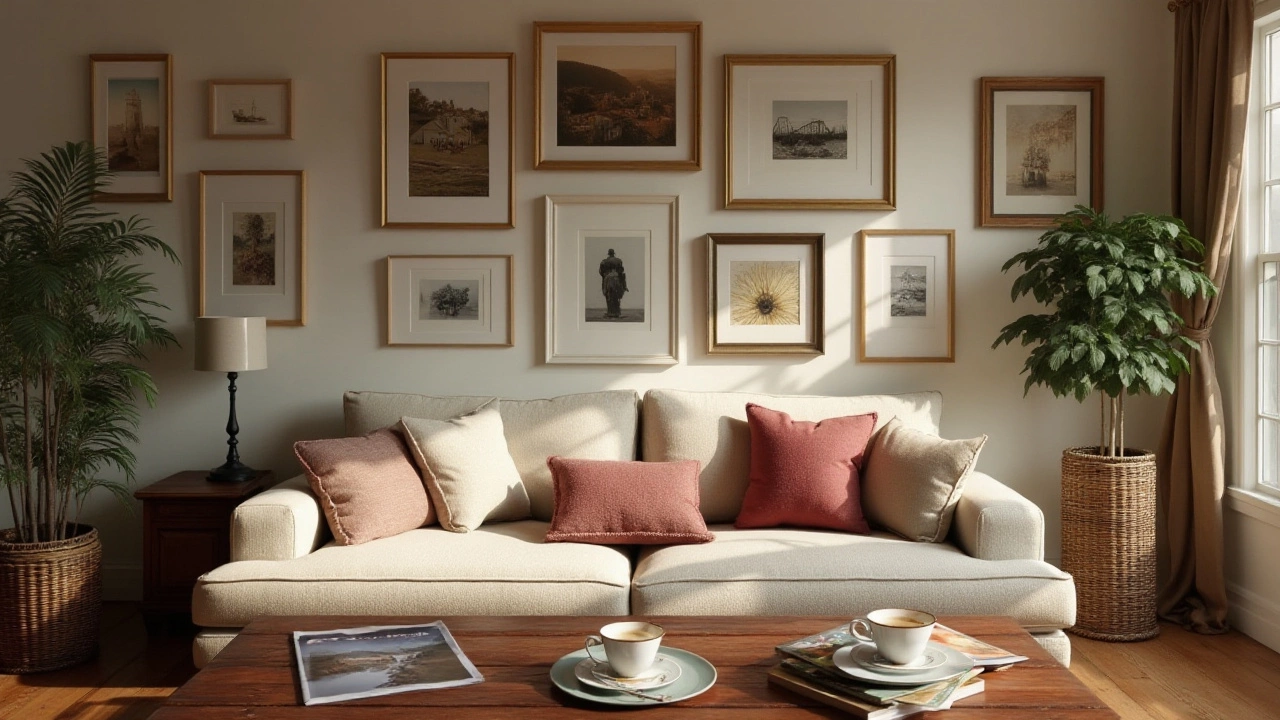Popular Art Prints: How to Spot Quality and Get the Best Value
If you’ve ever stood in front of a wall full of prints and wondered which ones are worth a closer look, you’re not alone. Prints can look alike at first glance, but a few simple checks separate a museum‑grade piece from a run‑of‑the‑mill poster. This guide walks you through the basics so you can shop with confidence.
Spotting a Quality Print
First thing to check is the paper. High‑end prints use museum‑grade, acid‑free paper that feels thick and slightly textured. Cheaper copies often feel slick and flimsy. Next, look at the ink. Giclee prints, for example, use archival ink that sits on the paper’s surface and doesn’t smudge easily. You can run a fingertip lightly over the image; if the colors lift, it’s probably not a giclee.
Another clue is the signature. Signed art prints can add value, but only if the signature is authentic. Look for a consistent hand‑written style that matches the artist’s known signatures. Some creators use a printed signature or a stamped seal—both are fine as long as they’re documented in the provenance.
Current Trends in Popular Prints
Today, buyers are gravitating toward limited‑edition runs, especially those that tie into a story or a cause. Prints that feature bold abstract colors or reinterpret classic works in a modern way tend to sell faster. Digital and AI‑generated prints are also on the rise, but they usually command lower prices unless the creator has a strong following.
Another hot trend is the “gallery wall” look—mixing different sizes and styles of prints on one large surface. Curators suggest keeping a cohesive color palette while varying the frames to add depth. This approach works well for both living rooms and studio spaces.
When you’re budgeting, remember that price isn’t just about the artist’s fame. Production methods matter too. A limited‑edition giclee from a respected printer can cost more than a signed print produced in bulk. Compare the edition size, the printer’s reputation, and the materials used before you decide.
Don’t forget to verify the edition number. A true limited edition will clearly state something like “23/150.” If the number is missing or looks hand‑written, ask the seller for proof. Many reputable galleries provide a certificate of authenticity that includes the edition details.
Shipping and handling can affect the final cost as well. Prints wrapped in acid‑free tissue and placed in a sturdy tube or flat box arrive in better shape than those shipped loosely. If you’re ordering online, ask the retailer about their packaging standards.
Finally, think about where you’ll display the print. A piece that looks great under bright gallery lighting might need UV‑protective glass when hung in a sunny room. Investing in proper framing not only protects the work but also boosts its visual impact.
By keeping an eye on paper quality, ink type, edition details, and current market trends, you’ll be able to pick popular art prints that not only look great on your wall but also hold or increase their value over time. Happy hunting!

9 Oct 2024
When you're diving into the vibrant world of art prints, understanding which sizes sell best can make a significant difference. The landscape of art has evolved with home decor trends, and certain sizes tend to have a higher demand. From small intimate prints to large statement pieces, each has a unique charm and purpose. Whether you're a budding artist or someone looking to enhance your living space, choosing the right size can be crucial.
Continue reading...
